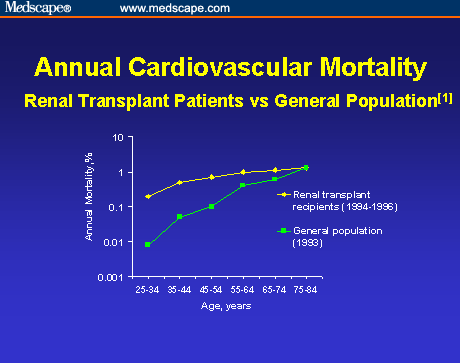After learning all the different types of unobtrusive research in our PR class, I realize that I conducted unobtrusive research for my internship on a day to day basis. For the medical marketing company I worked for over the summer I conducted historical and legal research as well as content analysis. My duties included finding key government representatives that were involved in the regenerative medicine and stem cell bills passed or being passed. Additionally, I had to search historical data on past events and forums topics discussed, keynote speakers, and effective the were. I had to then collaborate my research, analyze it, and report back to my managers of my findings.

Research in the medical field has always been a huge factor to future success, whether it is to find a new cure, to prevent a disease from reoccurring, or to lengthening ones life. Doctors have been unobtrusively studying their post-transplant patients for quite some time now. Since it is hard to measure how well or not well a post-transplant patient is doing, medical doctors have been using the historical and indirect measures of research. Indirectly they have their family members watch and record any strange behavior or symptoms they may be experiencing. Historically, doctors have been using this unobtrusive technique for decades, searching patient's insurance providers to document past medical symptoms and keeping an up to date database of all records and past history.
No comments:
Post a Comment